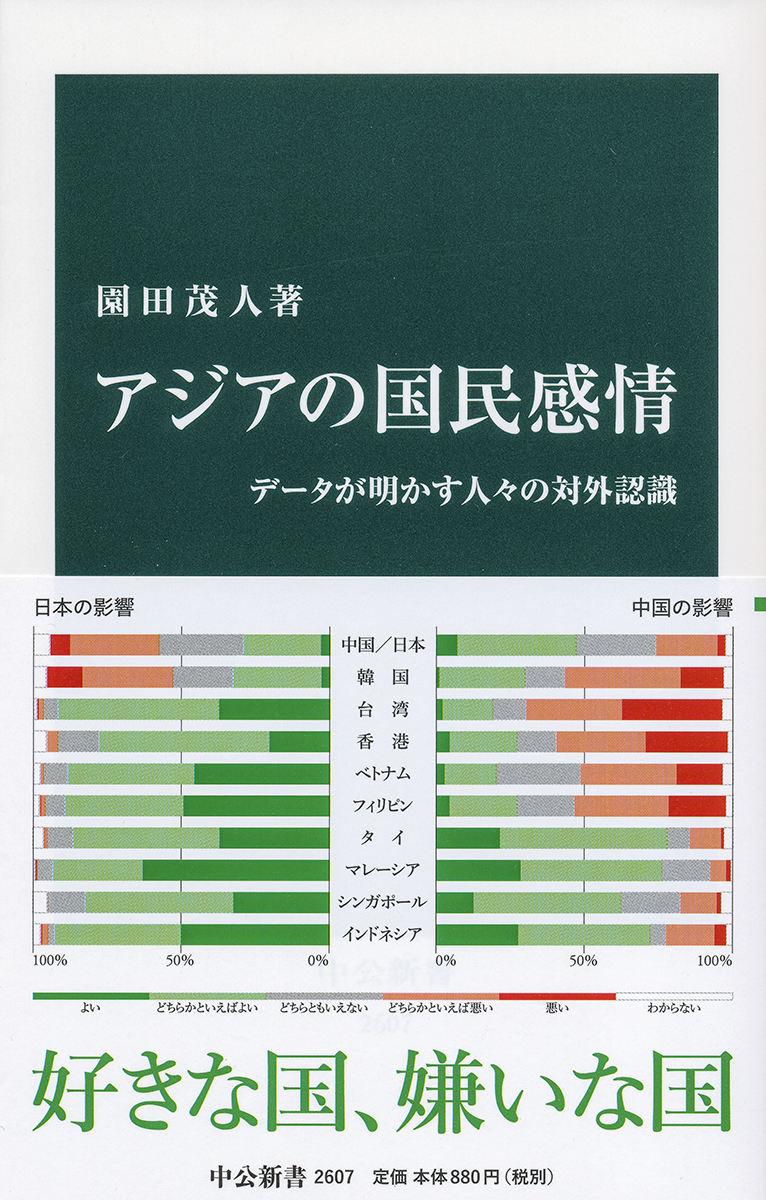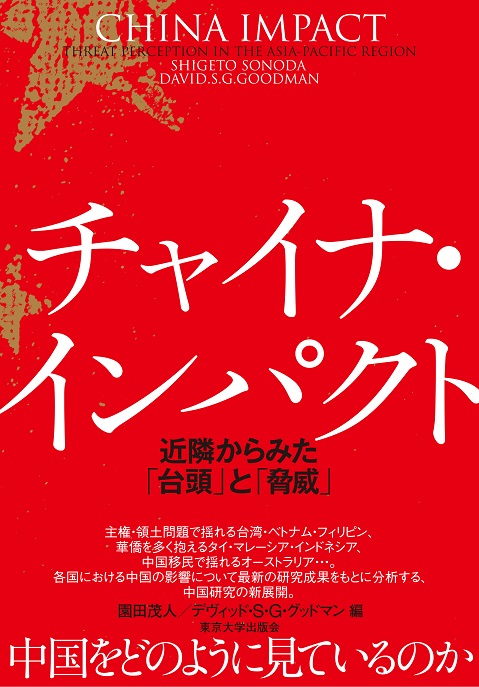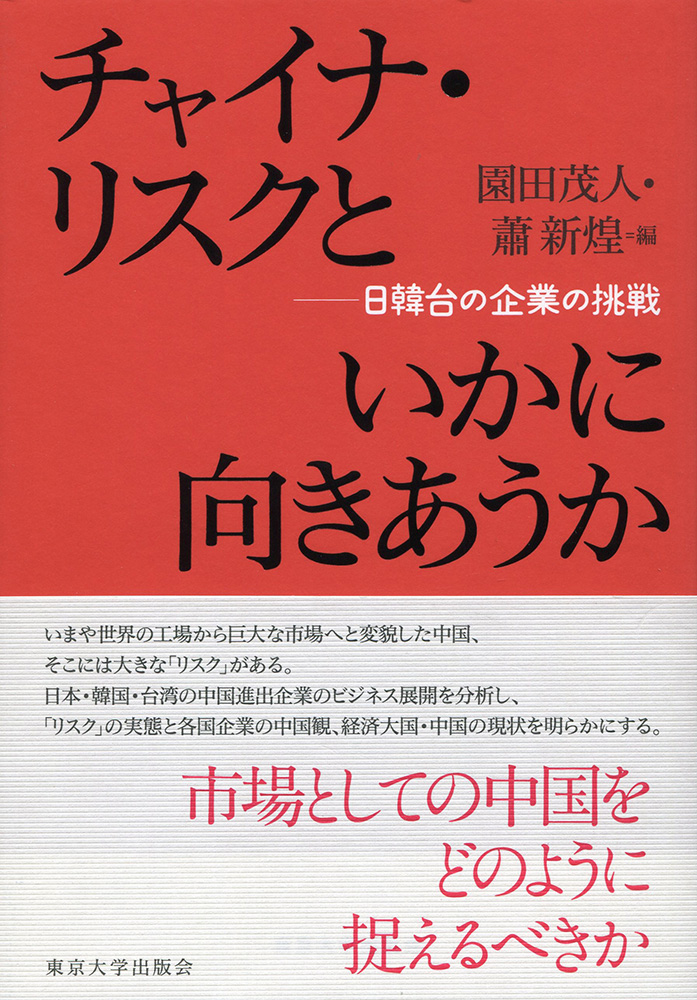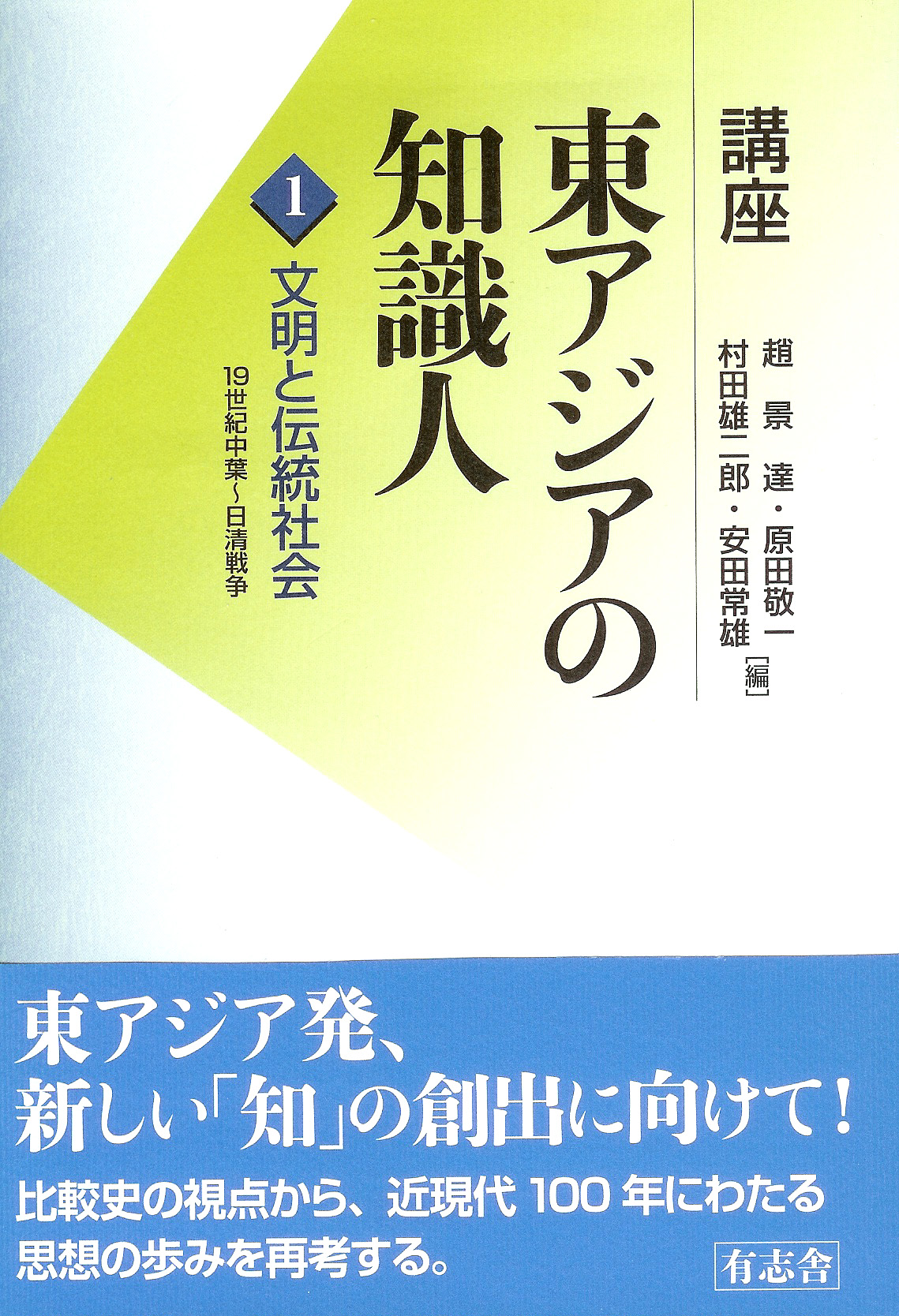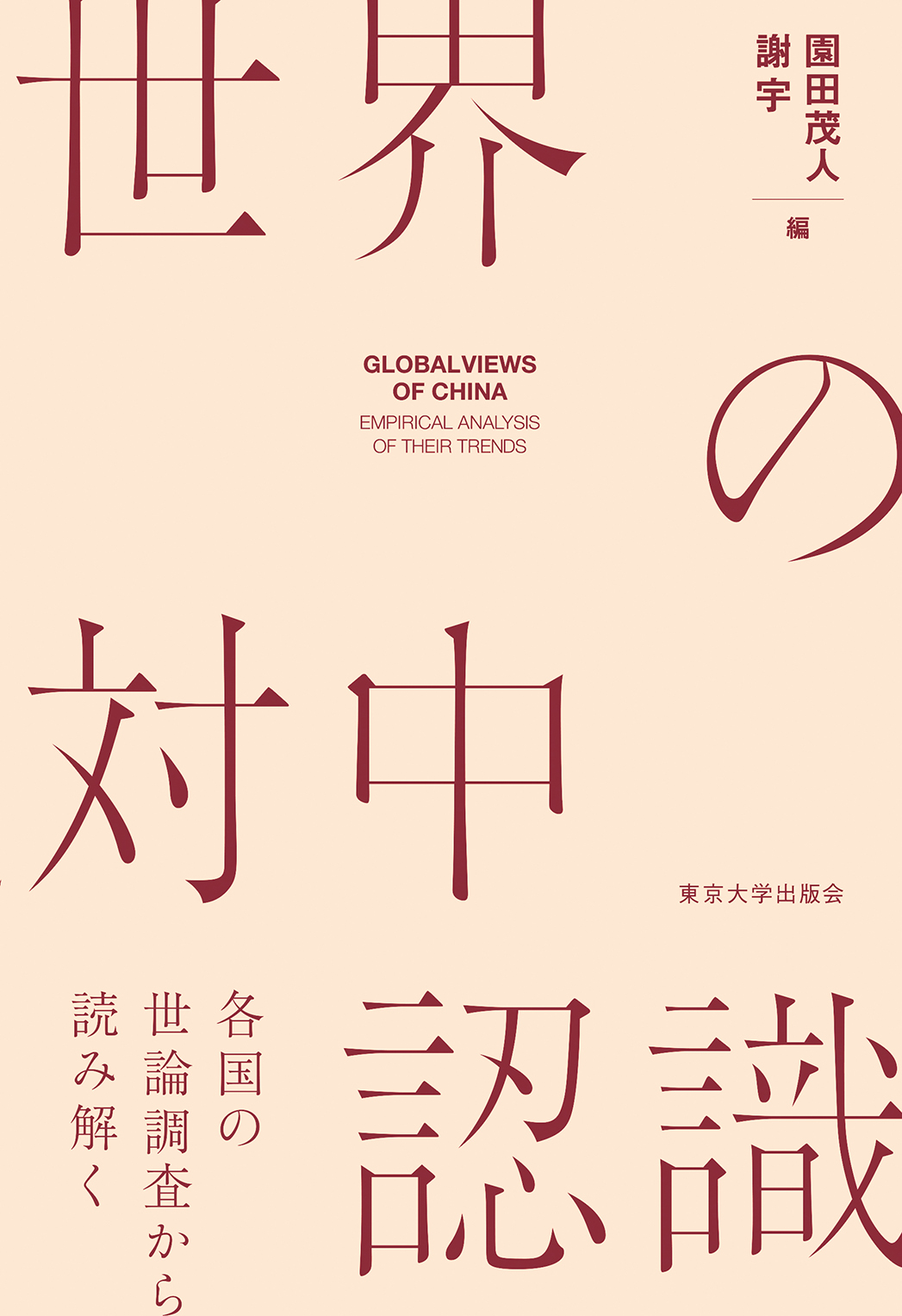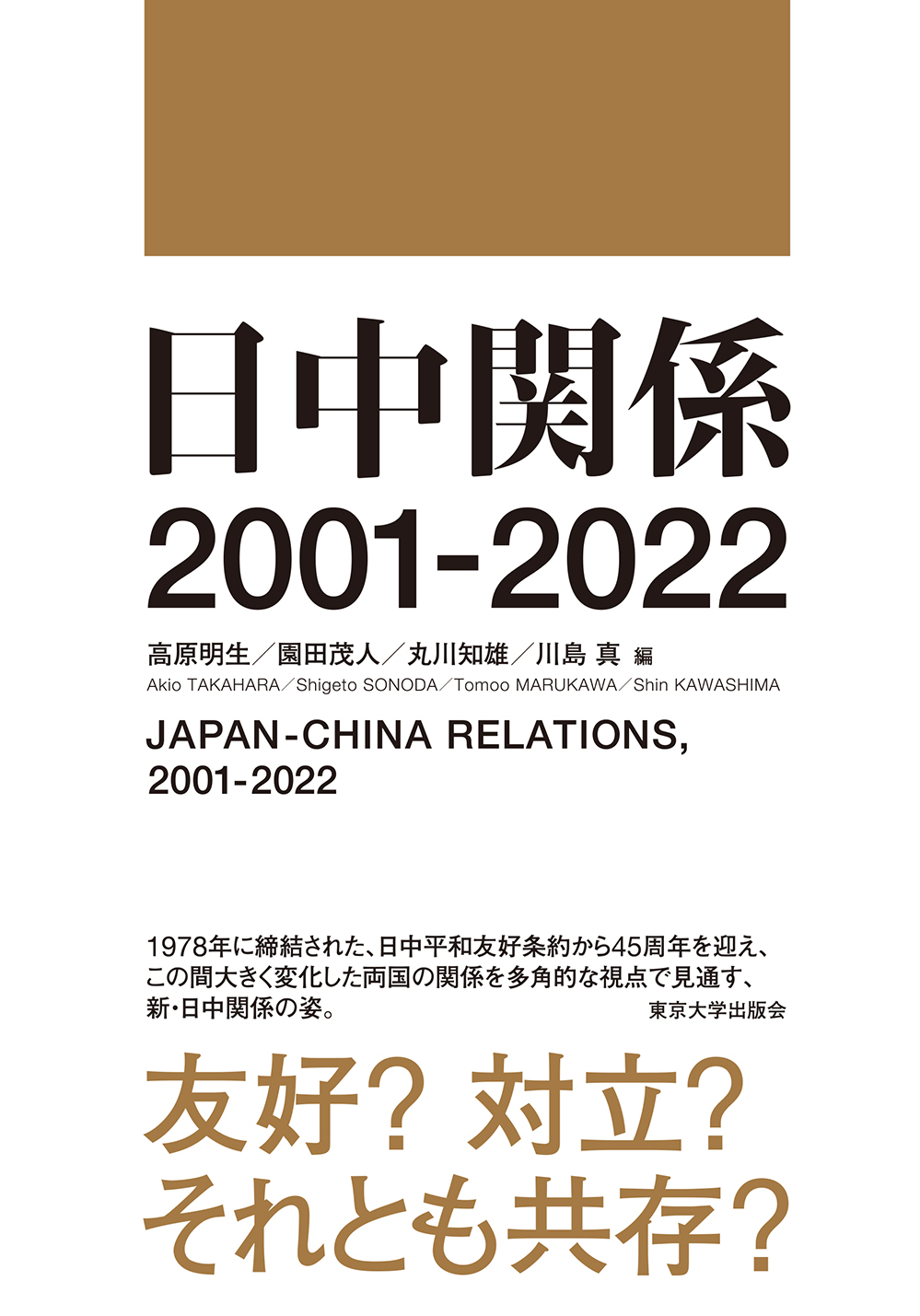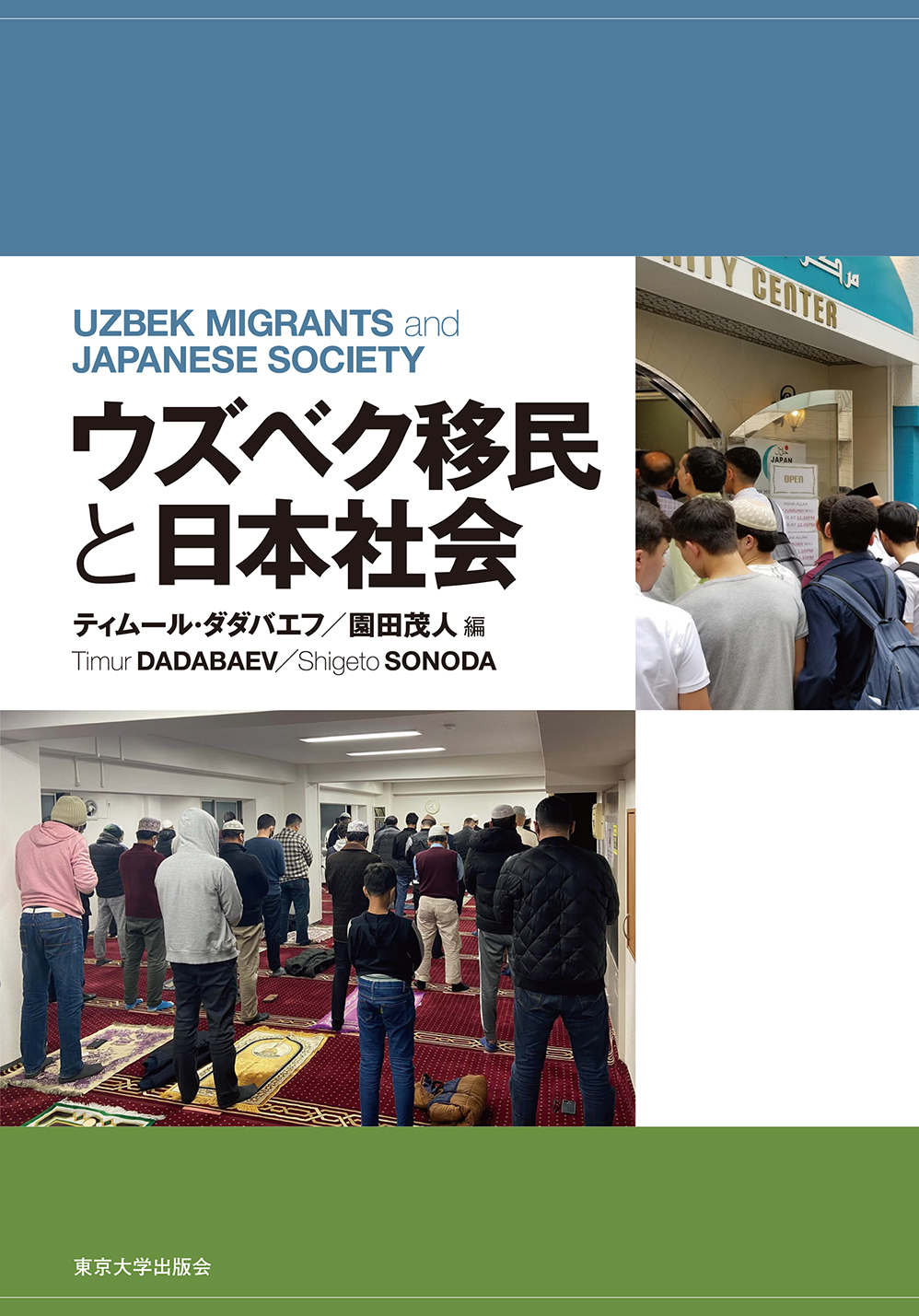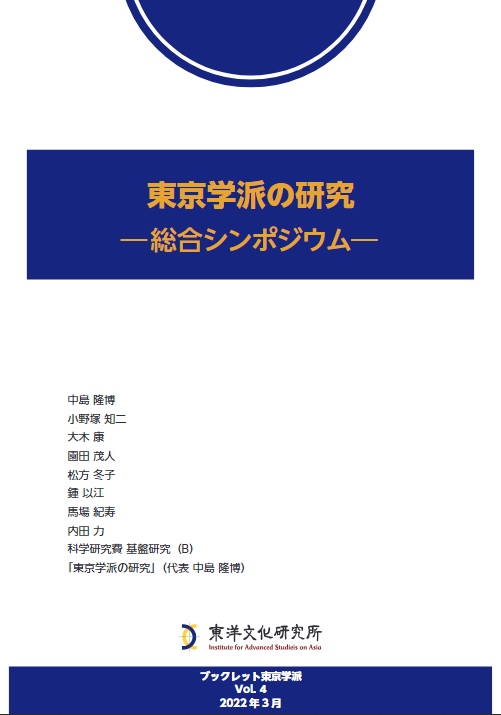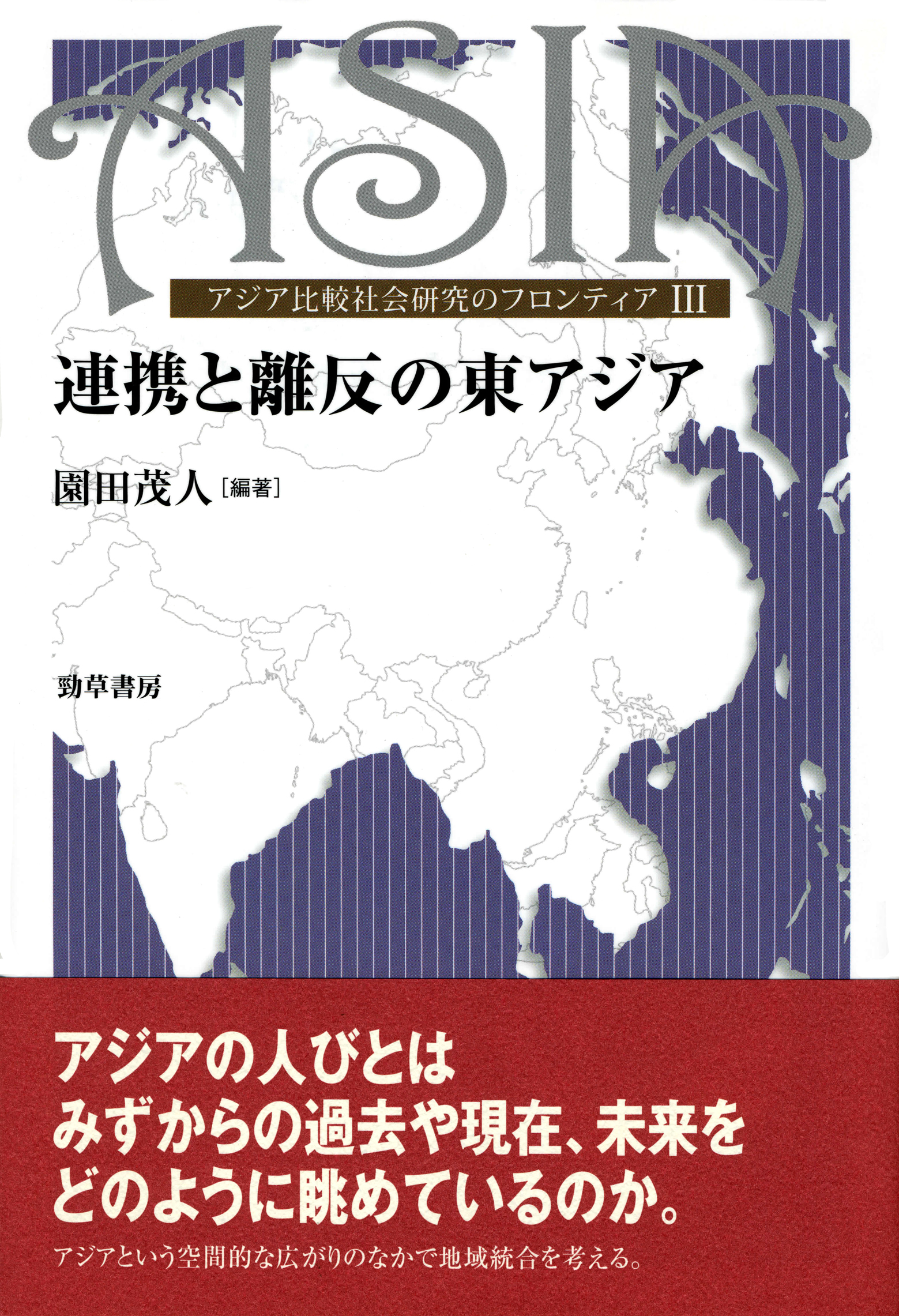
Title
Renkei to Rihan no Higashi Asia (Frontier of Comparative Studies of Asian Societies III: Linkage and Estrangement in East Asia)
Size
276 pages, 127x188mm
Language
Japanese
Released
March 30, 2015
ISBN
978-4-326-65392-8
Published by
Keiso Shobo
Book Info
See Book Availability at Library
Japanese Page
The issues surrounding the UK’s withdrawal from the European Union (Brexit) have captured the world’s attention. That is because the British people’s understanding of the regional integration known as the EU and the direction of future they choose will have a major impact not only on the UK, but more broadly on Europe and the world as a whole.
Turning our focus to Asia, regional integration is being discussed in such forms as ASEAN Plus Three and the East Asian Community, but for many students that may not mean much at first glance. It is difficult to understand what the need is for this type of regional integration, or how it relates to their individual lives. In fact, Asian regional integration in almost all cases has been discussed by experts in international politics, diplomacy, and international economics, and the citizen or societal perspective, in the sense of how people understand it, is overwhelmingly missing.
Based on this line of thought, in 2008, when I was working at Graduate School of Asia-Pacific Studies, Waseda University, and led the Global Institute for Asian Regional Integration under a Global Centers of Excellence Program, we carried out a large-scale research project (Asian Student Survey) of elite university students who are studying at flagship universities in each Asian country (including students at the University of Tokyo). However, when I left Waseda University, the data from that survey remained untouched and no follow-up research was done.
Five years after that initial survey, in 2013, I reached out to students both at the University of Tokyo and at Waseda University (in the former case, I used my class as a means to reach out) and carried out a project to conduct a second wave of surveys. I gathered more than 20 students, primarily students from Department of Sociology of the Faculty of Letters, and had the students themselves carry out the project—from the analysis of the first survey data and determining the questions to be asked through to the data collection and entry. This volume is a collection of essays that approach to each theme based on the data from the survey.
The book covers a variety of themes, from issues that are closer to current events, such as how students view the rise of China, to questions about students’ career choices (including how they think about study abroad and job-hunting) and issues related to international politics (e.g., their awareness of soft power and regional integration), and reveals a wide variety of awareness in issues. However, underlying those issues is a common question: whether Asia is really experiencing a rising sense of unity as a region. The students and I had many intensive discussions on this point as well.
Most of the students who contributed—gathering more than 4,300 samples from 18 universities in nine Asian economies, participating in three international conferences, and finally contributing essays for this volume—were undergraduates. If the readers can take away from this book the fact that, when trained well, even undergraduates can produce these chapter papers, it would make me a very happy teacher.
(Written by SONODA Shigeto, Professor, Interfaculty Initiative in Information Studies / 2017)



 Find a book
Find a book


 eBook
eBook